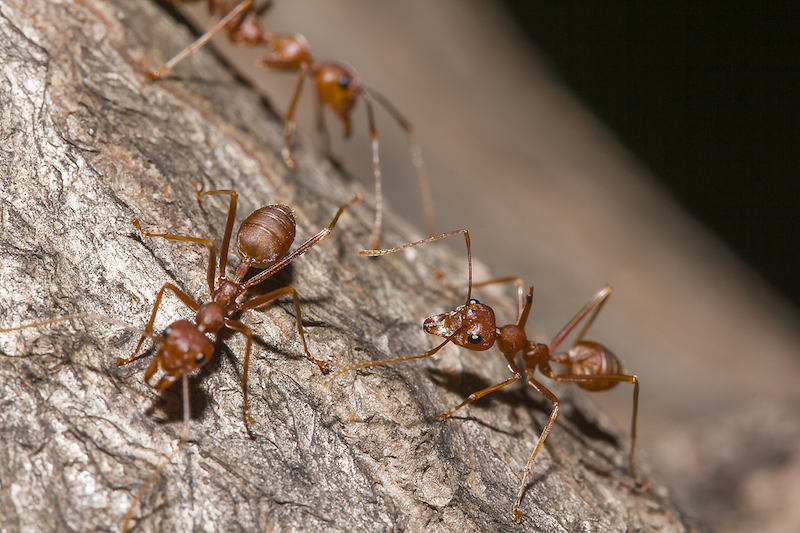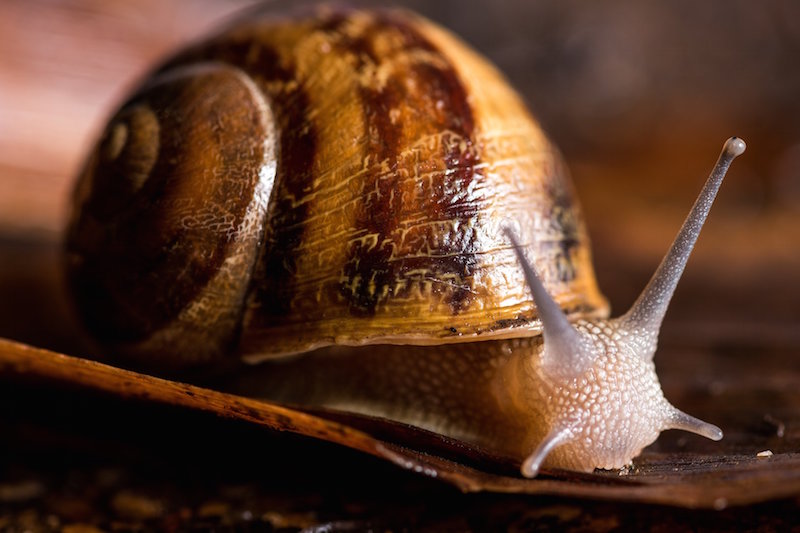East Contra Costa County met its first rainfall this morning. However, the sweet smell of rain in the morning is frequently met with your sidewalks crawling in bugs. One question people frequently ask is, “why are there so many bugs after it rains?” The answer is quite simple. Rain can destroy their homes, move their prey, and force them to go places they would rather not go. In fact, bugs can be even more affected by rain than most things. Here are four bugs you can expect to see more of after heavy rains.
Cockroaches and the Rain
In general, roaches live in places that flood easily, such as drains, pipes, foundations, sewers and crawl places. When there are heavy rains, cockroaches are displaced. In their attempt to avoid drowning, they often find themselves in your home. In general, when cockroaches do not drown, they thrive in wet weather. However, once they make it into your home, they will tend to stay. Many cockroach infestations begin in rainy weather.
Sowbugs or Pillbugs

Sowbugs or pillbugs, more commonly known as the roly-poly, are interestingly terrestrial crustaceans, more related to lobsters than they are insects. They are oval creatures with 14 legs and a back covered in a number of overlapping plates that allow it to curl into a tiny ball when threatened. Sowbugs require moisture to breathe, so they are typically found in moist soil or sand. When there is a rainstorm, their homes are flooded and they are pushed to the surface. If they find their way inside your home, they will thrive if they can find some organic material to eat. Luckily, sowbugs are not harmful, do not carry disease and will not damage your home. They are nothing more than a mere nuisance.
Ants

Ants seem to be a problem for most homeowners at some point throughout the year. Ants usually build their colonies in topsoil near convenient sources of food and water, making a home a very inviting space to be near. Yet, the colonies are prone to flooding by the mere nature of the design. When the colonies flood, the ants have to make it to higher ground if they don’t want to get swept away in the current. Often, higher ground is your home. Once inside, ants carry on, looking for food and water sources. If they find ample sources, chances are good they are going to make themselves at home and not leave.
Snails After the Rain

Snails come out in the rain for three main reasons. First, snails are mollusks, which means they need to remain moist to be able to breathe. Hence, when it rains, the moisture is very alluring. Second, when snails remain underground, they will drown. They leave areas that can flood, or become too water entrenched, to survive. Finally, snails can move much more fluidly in the rain. This, again, is tempting for snails as they have greater mobility and less chance of getting eaten by predators, such as birds.
When It Becomes Too Much
Although rain is a welcomed change in weather after a long, hot, and dry summer, there are pest problems that become apparent after the first rain. If you find infestations of snails, ants, or even roaches, reach out to your local pest management company. With a thorough consultation, pest technicians can help you decide what best steps you should take to protect your home and family from pests that come out in the rain. Call Aantex at 925-240-5100 to schedule your free consultation today.
If you believe you may have been in contact with Bed Bugs, we’re here to help! AANTEX Pest Control offers a variety of free inspections and services the entire Bay Area. 1-800-471-5555
Call our Brentwood office at 925-240-5100 to schedule your pest control consult today.
Other Recommended Articles
When Do You Need to Call A Pest Control Professional?

